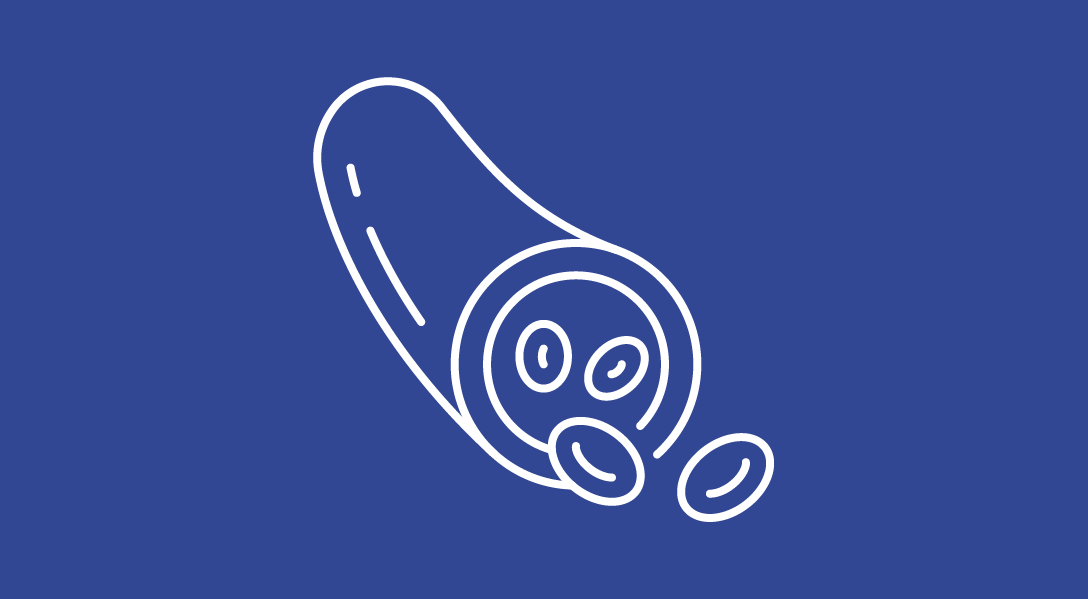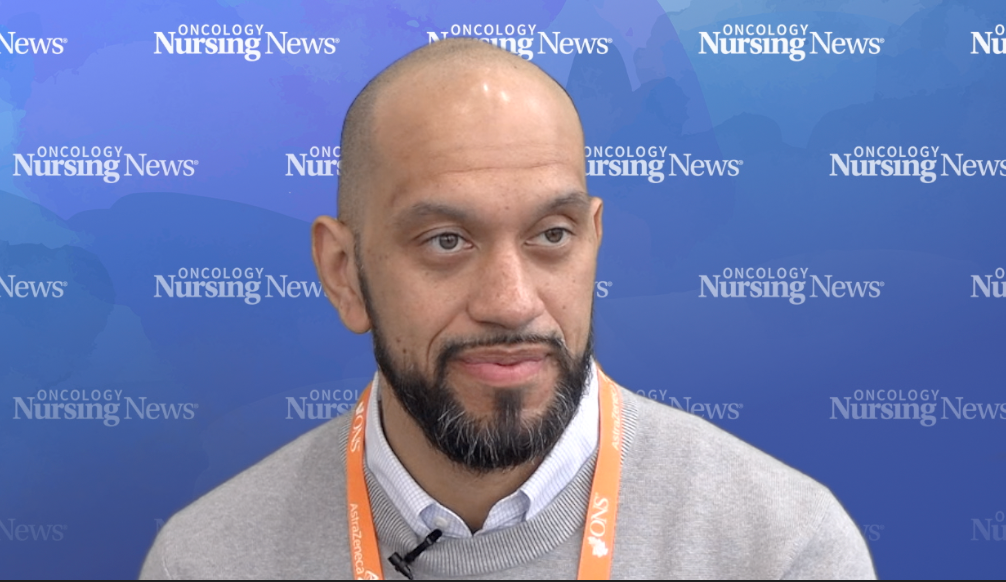Olaparib Plus Temozolomide Induces Modest Results in Advanced Uterine Leiomyosarcoma
Olaparib plus temozolomide was associated with a 27% overall response rate among 22 patients with pretreated uterine leiomyosarcoma.

Combined treatment with olaparib (Lynparza) and temozolomide delivered clinical benefit to patients with advanced, pretreated uterine leiomyosarcoma (uLMS), according to the findings from a phase 2 clinical trial (NCT03880019) published in the Journal of Clinical Oncology.
The study included 22 patients, of which the overall objective response rate (ORR) was 27% (n = 6), meeting its primary end point. The median progression-free survival (mPFS) was 6.9 months (95% CI, 5.4-not estimable [NE]). Of note, 31% of these patients had a homologous recombination repair gene and 50% were homologous recombination-deficient by the RAD51 foci formation assay.
Hematologic toxicities were common in the trial; 75% of patients experienced grade 3 or 4 neutropenia, and 32% of patients experienced grade 3 or 4 thrombocytopenia. Investigators remarked that these were manageable with dose reductions.
“Olaparib and temozolomide met the prespecified primary end point and provided meaningful clinical benefit in patients with advanced, pretreated uLMS,” Matthew Ingham, MD, assistant professor of medicine at New York Presbyterian Hospital/Columbia University Medical Center, and co-investigators, wrote in the study.
There are more than 150 clinically and biologically distinct subtypes of soft-tissue sarcoma, which is a heterogenous malignancy originating in the mesenchymal. Leiomyosarcoma accounts for approximately 20% of soft-tissue sarcoma cases and, for female patients, the uterus is the most common primary site.
Following a total abdominal hysterectomy for high-grade disease confined to the uterus, 50% to 70% of patients experience metastatic relapse. Unfortunately, there are no curative treatments for patients with advanced uterine leiomyosarcoma, and palliative treatments are often used in this setting. Patients with unresectable or metastatic disease may receive frontline treatment with gemcitabine plus docetaxel and doxorubicin-based regimens, which are associated with ORRs ranging from 14%-36%, and a mPFS between 4.4 months and 6.7 months. Trabectedin (Yondelis) and pazopanib (Votrient) are approved in later line settings and are associated with an 11% ORR rate and 3.0 to 4.0 month median PFS.
Efforts to target the disease with immunotherapy and targeted therapy have been limited, largely because advanced uterine leiomyosarcoma is associated with a low mutational burden.
However, several groups have recently identified numerous defects in the homologous recombination DNA repair pathway in patients with uterine leiomyosarcoma, which investigators believe may represent a vulnerability that can be targeted with PARP inhibitors. After preclinical studies suggested that the combination of olaparib with temozolomide was more effective than each agent alone, the phase 2 clinical trial was launched.
The median participant age was 55 years (range, 39-71). All patients were female and 17 (77%) had metastatic disease. Seven patients (32%) had an ECOG performance status of 0. All the remaining patients had an ECOG performance status of 1. Seventeen patients (77%) were White, 3 patients (14%) were Black, 1 patient was Native American, and 1 patient’s race was unknown.
The median number of prior treatment lines was 3. Thirteen patients had received 3 or more prior systemic therapies (59%), such as gemcitabine/docetaxel (86%), doxorubicin combinations (41%), and doxorubicin monotherapy (36%).
This trial was a single-arm, open-label, multicenter trial. As per the trial protocol, patients whose disease had progressed beyond at least 1 line of therapy received a 75 mg/m2 dose of oral temozolomide once daily with along with 200 mg of oral olaparib twice daily on days 1 through 7 of a 21-day treatment cycle.
Best objective responses were as follows: 6 (27%) patients had a partial response, 9 (41%) patients achieved stable disease status, 4 patients (18%) still had progressive disease, and 3 patients (14%) were not evaluable because they ended treatment early in response to toxicity rates.
The trial was limited by its small sample size, single-arm design, and use of cross-trial comparisons. Regardless, because of the lack of effective targeted therapies to treat this aggressive sarcoma subtype, investigators expressed optimism at this early activity. A phase 3 trial, assessing the use of the olaparib plus temozolomide vs investigator's choice of trabectedin or pazopanib is currently ongoing (NCT05633381).
Reference
Ingham M, Allred JB, Chen L, et al. Phase II study of olaparib and temozolomide for advanced uterine leiomyosarcoma (NCI Protocol 10250). J Clin Oncol. Published July 19, 2023.. doi:10.1200/JCO.23.00402




